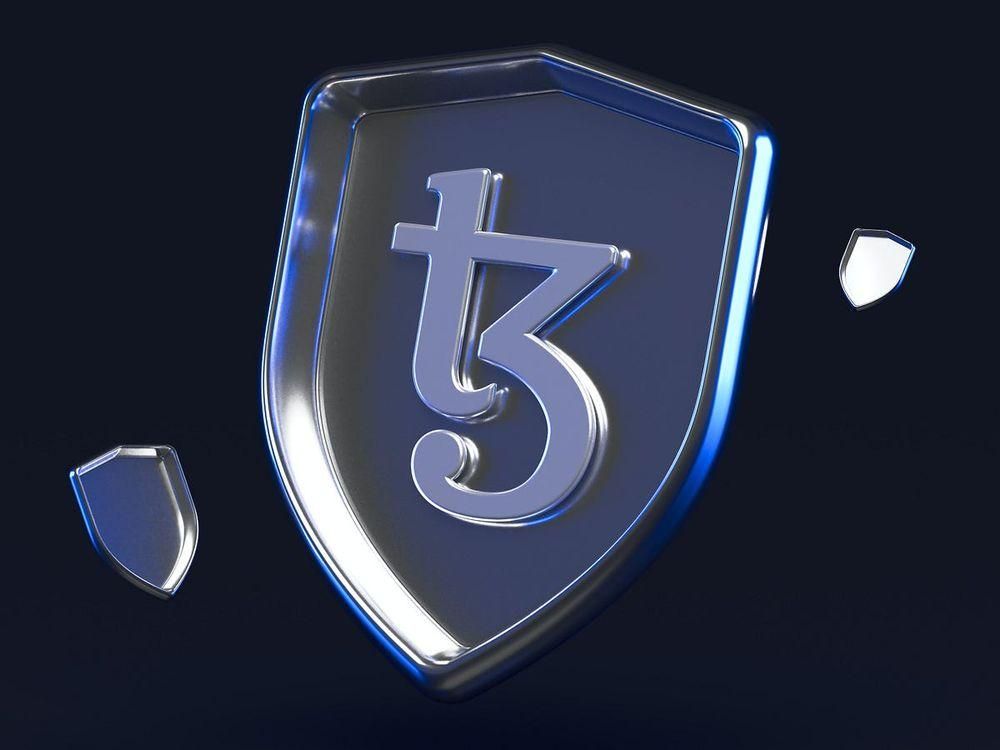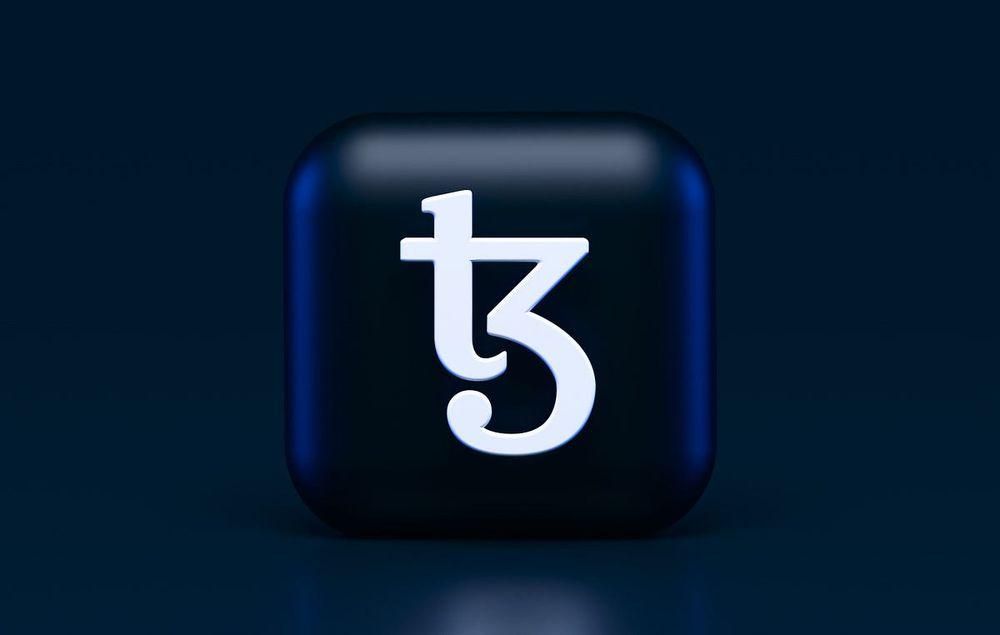Etherlink: EVM Rollup Enhanced!
What is Etherlink and why is it a better option for EVM developers?
750 words, 4 minute read

Rollups and Layer-2 solutions are the hot topics in the blockchain industry right now. They offer a number of advantages over first-generation blockchains, including reduced transaction costs, faster transaction speeds, and more efficient use of resources.
They are also seen as a stepping stone to full-scale blockchain adoption, as they allow for the scalability required to support mass adoption. As I’ve mentioned in some of my previous articles though, for this adoption to have meaning, the scaling needs to be achieved with values like decentralization and censorship resistance at its core, otherwise, it’s just another Web2 solution.
With just a quick look at Ethereum’s Layer 2 solutions, we can easily see that none of them are fully decentralized, but there are still a lot of developers building projects on them.

On the other hand, Tezos with the smart rollups and the data availability layer that is in the works, is doing an amazing job at achieving fully decentralized scaling but with one caveat, the lack of network effects as seen on eth. Why is that?
One of the possible reasons is that eth had a head start in building its network effects around the Ethereum Virtual Machine (EVM). Being first mover has its advantages and this is probably one of them.
While the design and security of EVM are debatable, the network effect and the amount of developers that can build on top of it are obviously big and undeniable for the time being. So how do we enable all these EVM developers to build on Tezos without asking them to learn new programming languages?
Enter: Etherlink #
Etherlink is a new Layer-2 solution (smart rollup) for Tezos that is designed to be compatible with the Ethereum Virtual Machine (EVM). This means that it will be possible to deploy and run Ethereum-based smart contracts on it and use Ethereum programming languages like Solidity, Vyper, etc. You will also be able to use Ethereum wallets like Metamask, tools, and generally build anything that would require the Ethereum Virtual Machine.
As a developer, you will just need to point your wallet/software to the Etherlink rollup RPC and you will be able to deploy your smart contracts just like you would on any EVM chain.
The only difference? You will be building on much better fundamentals.
Why Is Etherlink A Better EVM Choice Than Ethereum Rollups? #

While the user experiences for developers and users are going to be similar to any EVM chain, the underlying fundamentals of Etherlink will be superior thanks to the fact that it will be built on Tezos. More specifically:
- Tezos rollups are enshrined
As a Tezos rollup, Etherlink will not be a smart contract-based rollup like all Ethereum rollups are. Instead, it will be “enshrined” which means that once deployed, it will be part of the Tezos Layer 1. That makes it more secure as it will not have all the smart contract-associated risks. The rollup is treated like a first class citizen using Tezos mainnet!
- Fully decentralized
Being enshrined also means that Etherlink won’t require “admin keys” or centralized bridges with multi-sigs to connect with the main chain. Like all Tezos rollups, Etherlink will be fully decentralized as anyone will be able to interact with it through the rollup inbox, or even run a rollup node to verify the correctness of its state. No whitelisted entities to validate or centralized sequencers that can censor. A first class citizen all the way!
- Upgradability through on-chain governance
No admin keys and no multi-sigs also means that Etherlink’s future won’t be decided by a few entities. Instead, the upgrades will be happening through Tezos’ battle-tested on-chain governance. Just like Tezos, Etherlink will be able to constantly evolve with the community deciding its future.

As with any Tezos rollup and even Tezos itself, decentralization is not something that is promised to be achieved at some point later in the future, but it is something we get from the start.
Etherlink takes advantages of Tezos’ unique features and capabilities and is planned to deliver a fully decentralized EVM Layer-2 solution as a better alternative for all the developers of the EVM space.
So if you are an EVM developer yourself, look no further and get involved today by signing up on the Etherlink website and get building today!